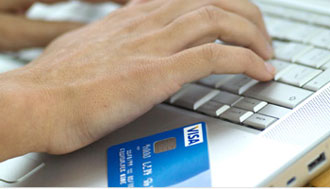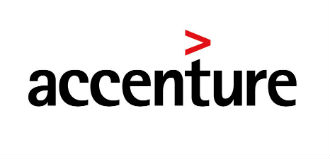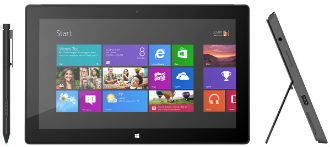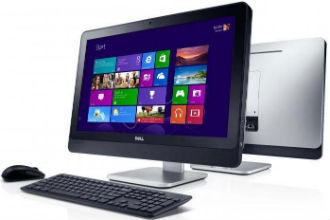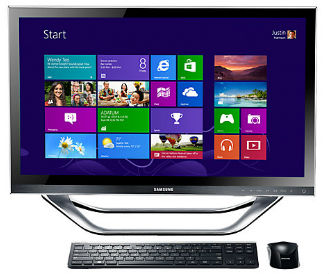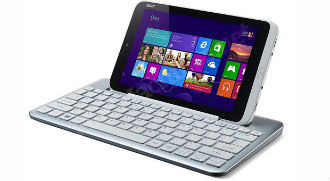 Acer has decided to cut the price of its first Windows 8 tablet by over 20 percent, despite the fact that it was launched less than two months ago. Things can’t be going well when a brand new product has its price slashed in a matter of weeks, but this is hardly Acer’s fault.
Acer has decided to cut the price of its first Windows 8 tablet by over 20 percent, despite the fact that it was launched less than two months ago. Things can’t be going well when a brand new product has its price slashed in a matter of weeks, but this is hardly Acer’s fault.
The Acer Iconia W3 tablet will now sell for $299 for the entry level 32GB model in the US, which is a nice $80 discount over the original list price. Acer said the cut would be applied in other markets as well, reports Focus Taiwan. Granted the W3 is a rather odd device. Most consumers associate Windows 8 with big, elaborate and overpriced tablets or hybrids, but the W3 is a cheap 8-incher.
In any case this does not bode well for Redmond. Over the weekend it cut the Surface Pro price by $100 and a couple of weeks ago it also gave the doomed Surface RT a 30-percent haircut. It is clearly not going well and Acer’s decision is just the icing on the cake.
What’s more, Microsoft’s own cuts came a few months after the launch, while Acer decided to slash the price of a brand new device which is still rolling out in some markets. Last month it was rumoured that Acer would replace the W3 in September, after just three months on the market. If this is indicative of a wider trend, and that appears to be the case, we have to wonder why vendors would even bother with Windows 8 tablets?
Analysts estimate that a total of 1.8 million Windows tablets were shipped in the second quarter, giving both Microsoft’s tablet operating systems a combined market share of 4 percent.
